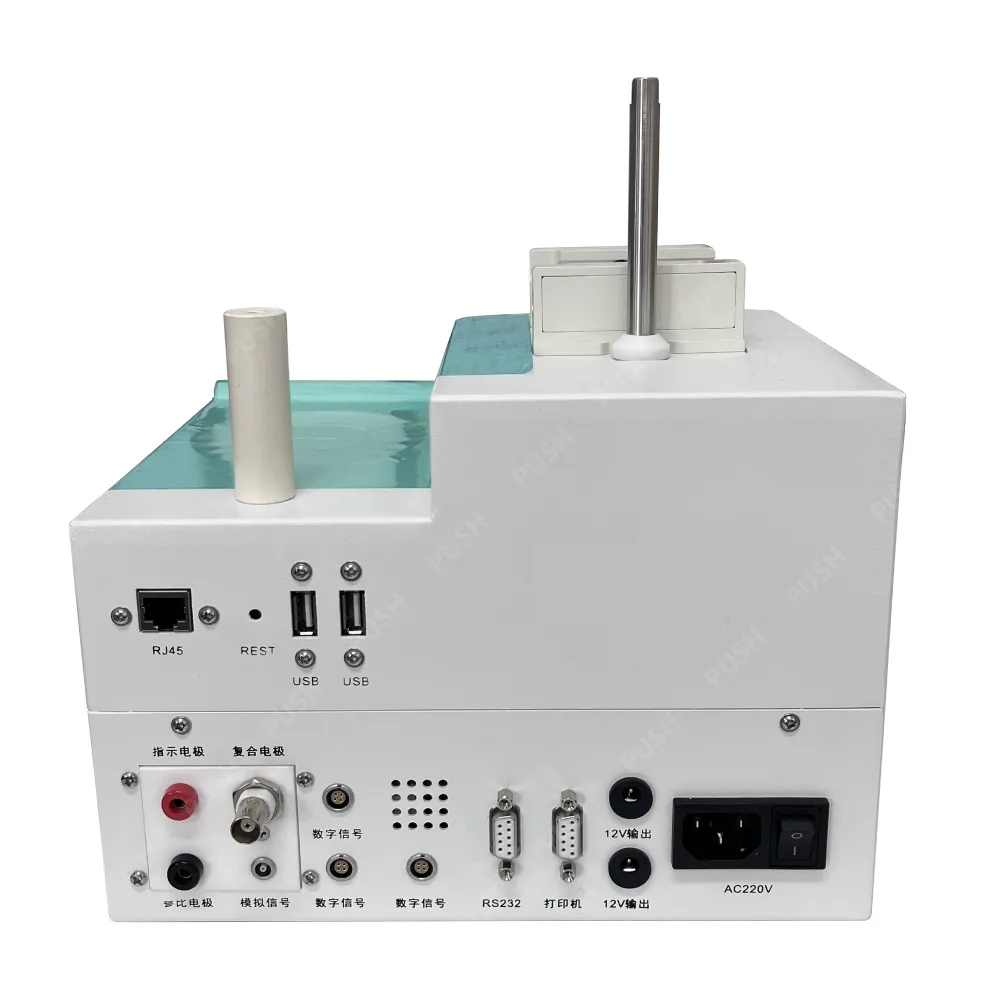TEL:
+86-0312-3189593
 English
English

Telephone:0312-3189593

Email:sales@oil-tester.com

-
 Afrikaans
Afrikaans -
 Albanian
Albanian -
 Amharic
Amharic -
 Arabic
Arabic -
 Armenian
Armenian -
 Azerbaijani
Azerbaijani -
 Basque
Basque -
 Belarusian
Belarusian -
 Bengali
Bengali -
 Bosnian
Bosnian -
 Bulgarian
Bulgarian -
 Catalan
Catalan -
 Cebuano
Cebuano -
 China
China -
 China (Taiwan)
China (Taiwan) -
 Corsican
Corsican -
 Croatian
Croatian -
 Czech
Czech -
 Danish
Danish -
 Dutch
Dutch -
 English
English -
 Esperanto
Esperanto -
 Estonian
Estonian -
 Finnish
Finnish -
 French
French -
 Frisian
Frisian -
 Galician
Galician -
 Georgian
Georgian -
 German
German -
 Greek
Greek -
 Gujarati
Gujarati -
 Haitian Creole
Haitian Creole -
 hausa
hausa -
 hawaiian
hawaiian -
 Hebrew
Hebrew -
 Hindi
Hindi -
 Miao
Miao -
 Hungarian
Hungarian -
 Icelandic
Icelandic -
 igbo
igbo -
 Indonesian
Indonesian -
 irish
irish -
 Italian
Italian -
 Japanese
Japanese -
 Javanese
Javanese -
 Kannada
Kannada -
 kazakh
kazakh -
 Khmer
Khmer -
 Rwandese
Rwandese -
 Korean
Korean -
 Kurdish
Kurdish -
 Kyrgyz
Kyrgyz -
 Lao
Lao -
 Latin
Latin -
 Latvian
Latvian -
 Lithuanian
Lithuanian -
 Luxembourgish
Luxembourgish -
 Macedonian
Macedonian -
 Malgashi
Malgashi -
 Malay
Malay -
 Malayalam
Malayalam -
 Maltese
Maltese -
 Maori
Maori -
 Marathi
Marathi -
 Mongolian
Mongolian -
 Myanmar
Myanmar -
 Nepali
Nepali -
 Norwegian
Norwegian -
 Norwegian
Norwegian -
 Occitan
Occitan -
 Pashto
Pashto -
 Persian
Persian -
 Polish
Polish -
 Portuguese
Portuguese -
 Punjabi
Punjabi -
 Romanian
Romanian -
 Russian
Russian -
 Samoan
Samoan -
 Scottish Gaelic
Scottish Gaelic -
 Serbian
Serbian -
 Sesotho
Sesotho -
 Shona
Shona -
 Sindhi
Sindhi -
 Sinhala
Sinhala -
 Slovak
Slovak -
 Slovenian
Slovenian -
 Somali
Somali -
 Spanish
Spanish -
 Sundanese
Sundanese -
 Swahili
Swahili -
 Swedish
Swedish -
 Tagalog
Tagalog -
 Tajik
Tajik -
 Tamil
Tamil -
 Tatar
Tatar -
 Telugu
Telugu -
 Thai
Thai -
 Turkish
Turkish -
 Turkmen
Turkmen -
 Ukrainian
Ukrainian -
 Urdu
Urdu -
 Uighur
Uighur -
 Uzbek
Uzbek -
 Vietnamese
Vietnamese -
 Welsh
Welsh -
 Bantu
Bantu -
 Yiddish
Yiddish -
 Yoruba
Yoruba -
 Zulu
Zulu
ఫిబ్ర . 02, 2025 03:57
Back to list
bdv transformer test
Ensuring the efficient operation and safety of transformers—integral components in electrical systems—is essential in a variety of applications, including industrial, commercial, and residential settings. Conducting a continuity test on a transformer is a critical aspect of routine maintenance and diagnostics, offering insights into the health and integrity of the transformer's windings.
Moreover, consistent documentation of test results builds a valuable datasheet for future reference, enabling trend analysis to predict potential issues. Trends indicating increasing or erratic resistance warrant comprehensive evaluation, underscoring the value of periodic continuity checks. For authoritative guidance, consultation with transformer manuals or liaising with manufacturers enriches testing procedures. Manuals often provide detailed troubleshooting insights and best practices, reinforcing methodological precision. Trustworthiness in continuity test results is enhanced by calibration of testing instruments. Ensure your multimeter is calibrated and checked for performance standards regularly. Calibration minimizes error margins, supporting reliable interpretations. Finally, field experience showcases that regular continuity testing is not merely preventative; it is also cost-effective. Uninterrupted transformer function reduces downtime costs and averts hazardous failures. This pragmatic approach reflects the interplay between experience and expert application, favoring operational excellence. In sum, the continuity test of a transformer, when executed with seasoned expertise and methodological precision, fortifies the safety, reliability, and performance of electrical systems. Professionals equipped with in-depth knowledge, coupled with the nuanced application of testing tools, not only ensure continuity but also augment system resilience.


Moreover, consistent documentation of test results builds a valuable datasheet for future reference, enabling trend analysis to predict potential issues. Trends indicating increasing or erratic resistance warrant comprehensive evaluation, underscoring the value of periodic continuity checks. For authoritative guidance, consultation with transformer manuals or liaising with manufacturers enriches testing procedures. Manuals often provide detailed troubleshooting insights and best practices, reinforcing methodological precision. Trustworthiness in continuity test results is enhanced by calibration of testing instruments. Ensure your multimeter is calibrated and checked for performance standards regularly. Calibration minimizes error margins, supporting reliable interpretations. Finally, field experience showcases that regular continuity testing is not merely preventative; it is also cost-effective. Uninterrupted transformer function reduces downtime costs and averts hazardous failures. This pragmatic approach reflects the interplay between experience and expert application, favoring operational excellence. In sum, the continuity test of a transformer, when executed with seasoned expertise and methodological precision, fortifies the safety, reliability, and performance of electrical systems. Professionals equipped with in-depth knowledge, coupled with the nuanced application of testing tools, not only ensure continuity but also augment system resilience.
Next:
Latest news
-
Testing Equipment Industry Sees Major Advancements in 2025: Smart & Precision Technologies Lead the WayNewsJun.06,2025
-
Applications of Direct Current Generators in Renewable Energy SystemsNewsJun.05,2025
-
Hipot Tester Calibration and Accuracy GuidelinesNewsJun.05,2025
-
Digital Circuit Breaker Analyzer Features and BenefitsNewsJun.05,2025
-
Benefits of Real-Time Power Quality Monitoring Devices for Industrial EfficiencyNewsJun.05,2025
-
Earth Fault Loop Testing in High-Rise Building Electrical SystemsNewsJun.05,2025



